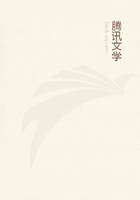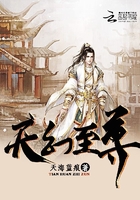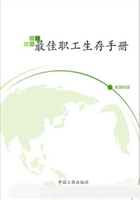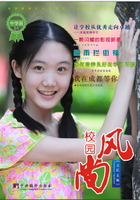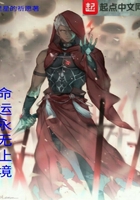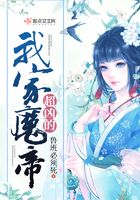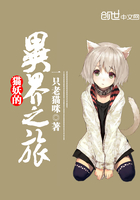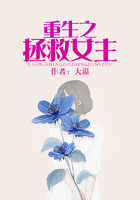On Christmas Eve in some parts of the Esthonian island of Oesel they bake a long cake with the two ends turned up. It is called the Christmas Boar, and stands on the table till the morning of New Year's Day, when it is distributed among the cattle. In other parts of the island the Christmas Boar is not a cake but a little pig born in March, which the housewife fattens secretly, often without the knowledge of the other members of the family. On Christmas Eve the little pig is secretly killed, then roasted in the oven, and set on the table standing on all fours, where it remains in this posture for several days. In other parts of the island, again, though the Christmas cake has neither the name nor the shape of a boar, it is kept till the New Year, when half of it is divided among all the members and all the quadrupeds of the family. The other half of the cake is kept till sowing-time comes round, when it is similarly distributed in the morning among human beings and beasts. In other parts of Esthonia, again, the Christmas Boar, as it is called, is baked of the first rye cut at harvest; it has a conical shape and a cross is impressed on it with a pig's bone or a key, or three dints are made in it with a buckle or a piece of charcoal. It stands with a light beside it on the table all through the festal season. On New Year's Day and Epiphany, before sunrise, a little of the cake is crumbled with salt and given to the cattle. The rest is kept till the day when the cattle are driven out to pasture for the first time in spring. It is then put in the herdsman's bag, and at evening is divided among the cattle to guard them from magic and harm. In some places the Christmas Boar is partaken of by farm-servants and cattle at the time of the barley sowing, for the purpose of thereby producing a heavier crop.
10. On the Animal Embodiments ofthe Corn-spirit.
SO much for the animal embodiments of the corn-spirit as they are presented to us in the folk-customs of Northern Europe. These customs bring out clearly the sacramental character of the harvest-supper. The corn-spirit is conceived as embodied in an animal; this divine animal is slain, and its flesh and blood are partaken of by the harvesters. Thus the cock, the hare, the cat, the goat, and the OX are eaten sacramentally by the harvester, and the pig is eaten sacramentally by ploughmen in spring. Again, as a substitute for the real flesh of the divine being, bread or dumplings are made in his image and eaten sacramentally; thus, pig-shaped dumplings are eaten by the harvesters, and loaves made in boar-shape (the Yule Boar) are eaten in spring by the ploughman and his cattle.
The reader has probably remarked the complete parallelism between the conceptions of the corn-spirit in human and in animal form. The parallel may be here briefly resumed. When the corn waves in the wind it is said either that the Corn-mother or that the Corn-wolf, etc., is passing through the corn.
Children are warned against straying in corn-fields either because the Corn-mother or because the Corn-wolf, etc., is there. In the last corn cut or the last sheaf threshed either the Corn-mother or the Corn-wolf, etc., is supposed to be present. The last sheaf is itself called either the Corn-mother or the Corn-wolf, etc., and is made up in the shape either of a woman or of a wolf, etc. The person who cuts, binds, or threshes the last sheaf is called either the Old Woman or the Wolf, etc., according to the name bestowed on the sheaf itself. As in some places a sheaf made in human form and called the Maiden, the Mother of the Maize, etc., is kept from one harvest to the next in order to secure a continuance of the corn-spirit's blessing, so in some places the Harvest-cock and in others the flesh of the goat is kept for a similar purpose from one harvest to the next. As in some places the grain taken from the Corn-mother is mixed with the seed-corn in spring to make the crop abundant, so in some places the feathers of the cock, and in Sweden the Yule Boar, are kept till spring and mixed with the seed-corn for a like purpose. As part of the Corn-mother or Maiden is given to the cattle at Christmas or to the horses at the first ploughing, so part of the Yule Boar is given to the ploughing horses or oxen in spring. Lastly, the death of the corn-spirit is represented by killing or pretending to kill either his human or his animal representative; and the worshippers partake sacramentally either of the actual body and blood of the representative of the divinity, or of bread made in his likeness.
Other animal forms assumed by the corn-spirit are the fox, stag, roe, sheep, bear, ass, mouse, quail, stork, swan, and kite. If it is asked why the corn-spirit should be thought to appear in the form of an animal and of so many different animals, we may reply that to primitive man the simple appearance of an animal or bird among the corn is probably enough to suggest a mysterious link between the creature and the corn; and when we remember that in the old days, before fields were fenced in, all kinds of animals must have been free to roam over them, we need not wonder that the corn-spirit should have been identified even with large animals like the horse and cow, which nowadays could not, except by a rare accident, be found straying in an English corn-field. This explanation applies with peculiar force to the very common case in which the animal embodiment of the corn-spirit is believed to lurk in the last standing corn. For at harvest a number of wild animals, such as hares, rabbits, and partridges, are commonly driven by the progress of the reaping into the last patch of standing corn, and make their escape from it as it is being cut down. So regularly does this happen that reapers and others often stand round the last patch of corn armed with sticks or guns, with which they kill the animals as they dart out of their last refuge among the stalks.
Now, primitive man, to whom magical changes of shape seem perfectly credible, finds it most natural that the spirit of the corn, driven from his home in the ripe grain, should make his escape in the form of the animal which is seen to rush out of the last patch of corn as it falls under the scythe of the reaper.
Thus the identification of the corn-spirit with an animal is analogous to the identification of him with a passing stranger. As the sudden appearance of a stranger near the harvest-field or threshing-floor is, to the primitive mind, enough to identify him as the spirit of the corn escaping from the cut or threshed corn, so the sudden appearance of an animal issuing from the cut corn is enough to identify it with the corn-spirit escaping from his ruined home.
The two identifications are so analogous that they can hardly be dissociated in any attempt to explain them. Those who look to some other principle than the one here suggested for the explanation of the latter identification are bound to show that their theory covers the former identification also.

